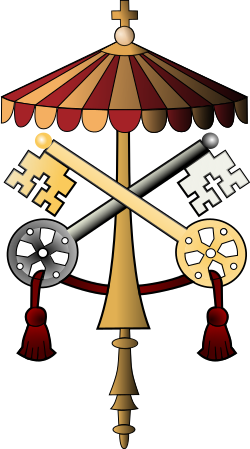"Dear Brothers,
I have convoked you to this Consistory, not only for the three
canonizations, but also to communicate to you a decision of great
importance for the life of the Church. After having repeatedly examined
my conscience before God, I have come to the certainty that my
strengths, due to an advanced age, are no longer suited to an adequate
exercise of the Petrine ministry. I am well aware that this ministry,
due to its essential spiritual nature, must be carried out not only with
words and deeds, but no less with prayer and suffering. However, in
today's world, subject to so many rapid changes and shaken by questions
of deep relevance for the life of faith, in order to govern the bark of
Saint Peter and proclaim the Gospel, both strength of mind and body are
necessary, strength which in the last few months, has deteriorated in me
to the extent that I have had to recognize my incapacity to adequately
fulfill the ministry entrusted to me. For this reason, and well aware of
the seriousness of this act, with full freedom I declare that I
renounce the ministry of Bishop of Rome, Successor of Saint Peter,
entrusted to me by the Cardinals on 19 April 2005, in such a way, that
as from 28 February 2013, at 20:00 hours, the See of Rome, the See of
Saint Peter, will be vacant and a Conclave to elect the new Supreme
Pontiff will have to be convoked by those whose competence it is.
Dear Brothers, I thank you most sincerely for all the love and work with
which you have supported me in my ministry and I ask pardon for all my
defects. And now, let us entrust the Holy Church to the care of Our
Supreme Pastor, Our Lord Jesus Christ, and implore his holy Mother Mary,
so that she may assist the Cardinal Fathers with her maternal
solicitude, in electing a new Supreme Pontiff. With regard to myself, I
wish to also devotedly serve the Holy Church of God in the future
through a life dedicated to prayer."



